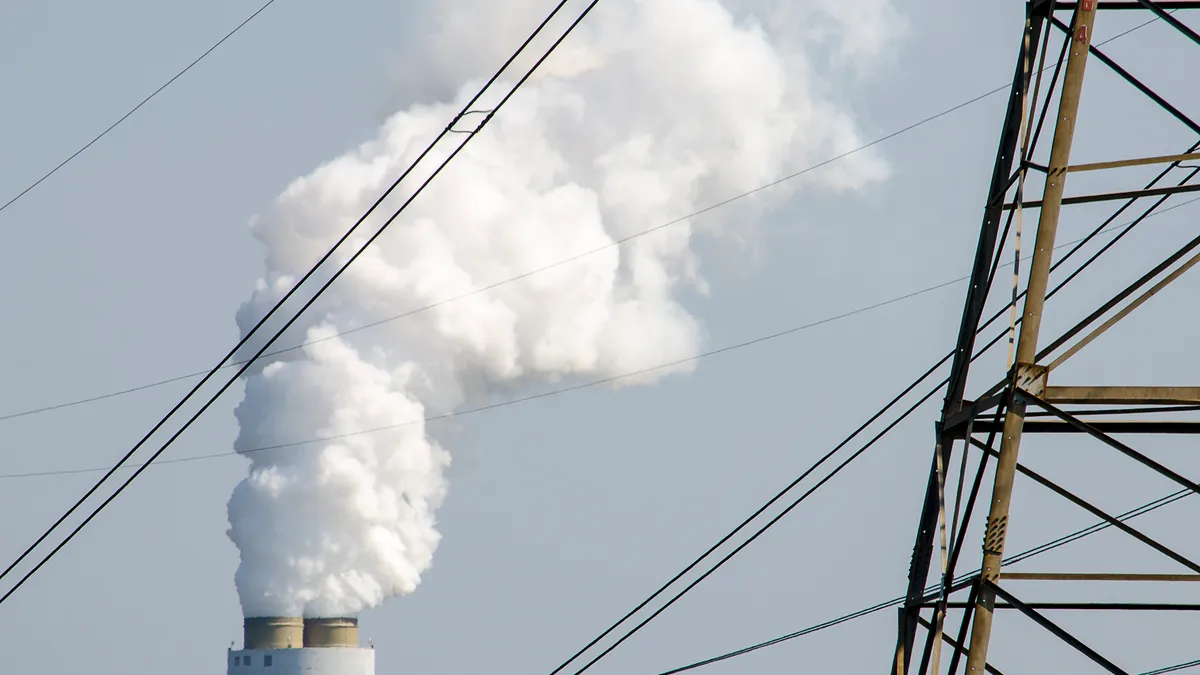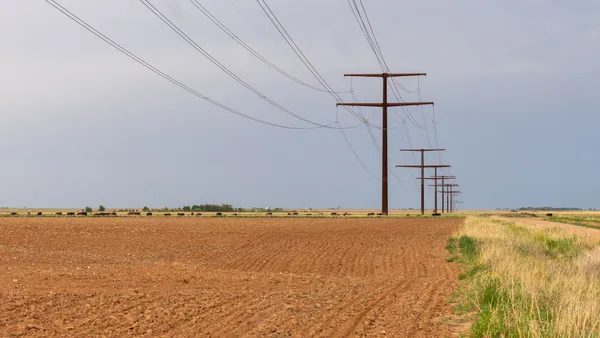Dive Brief:
-
Worldwide coal consumption fell for the second consecutive year, to its lowest level since 2004, according to Big Oil company BP’s June 2017 Statistical Review of World Energy.
-
Wind and solar power, on the other hand, grew strongly aided by continuing technological advances. Even though renewables account for only about a 4% share of total energy consumption, they accounted for nearly one-third of the increase in primary energy use last year.
-
BP’s report also noted that overall energy consumption remained flat with growth of only 1% or less, which, combined with higher levels of renewable energy, contributed to “essentially flat” growth in carbon dioxide emissions from energy consumption for the third year in a row.
Dive Insight:
The worldwide shift away from fossil fuels and toward more renewable sources of energy is proceeding despite President Donald Trump’s efforts to undo climate change initiatives such as the Environmental Protection Agency’s Clean Power Plant and U.S. involvement in the Paris climate change accords.
Trump’s efforts to revive the U.S. coal industry also seem to be going against the tide. U.S. demand for coal fell by 33.4 million tons of oil equivalent last year to 358.4 million tons of oil equivalent, the biggest decline in the world in absolute terms, according to BP.
Global coal consumption dropped 1.7% last year, and coal consumption in China, which burned half the coal used last year, fell by 1.6% last year, according to the BP report.
The report also found that coal production and consumption in the U.K. dropped to the lowest levels seen in almost 200 years, and in April the U.K. power sector recorded its first coal-free day.
“The fortunes of coal appear to have taken a decisive break from the past,” Spencer Dale, BP’s chief economist, said at a briefing in London this week, according to Bloomberg. The most important implication of that shift, he said, “is carbon emissions, which saw little or no growth for a third consecutive year.”














